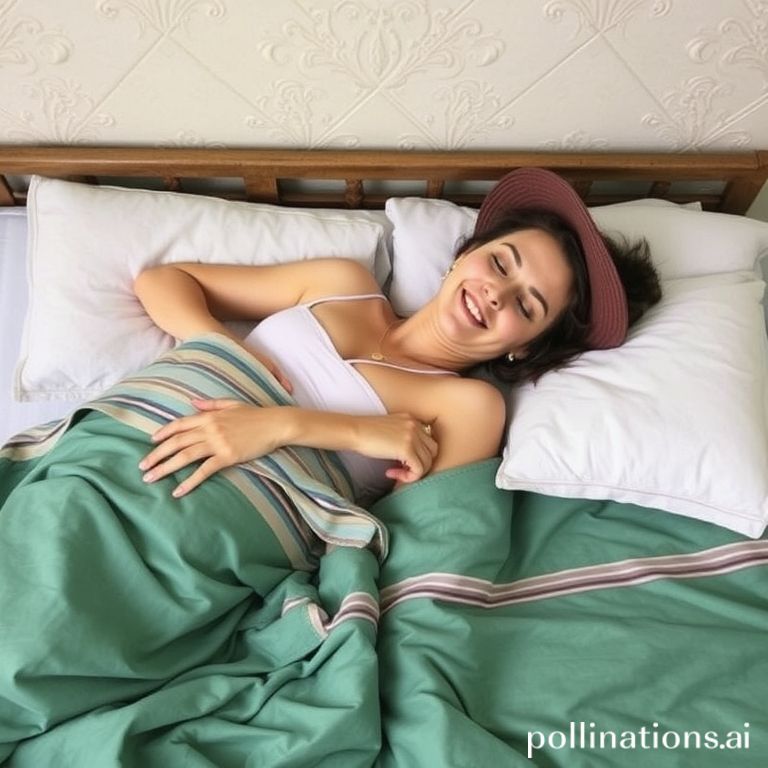The midday sun beats down, the air is still, and a gentle drowsiness settles over everything. It’s siesta time in Mexico, a tradition deeply woven into the fabric of daily life. More than just a quick snooze, the siesta is a cultural phenomenon, a chance to recharge, reconnect, and escape the heat. But why is this midday break so ingrained in Mexican culture? Let’s explore the history, benefits, and enduring appeal of the Mexican siesta.
While not everyone in Mexico partakes in a formal siesta every day, the spirit of slowing down and prioritizing rest during the hottest part of the day remains a powerful influence. It’s reflected in later business hours, relaxed lunch breaks, and a general understanding that productivity shouldn’t come at the expense of well-being. The siesta is a reminder to listen to your body and embrace a more balanced approach to life.
The History of the Siesta
The tradition of the siesta has roots stretching back centuries, influenced by both practical needs and cultural values. It’s believed that the siesta was initially adopted as a way for agricultural workers to avoid the intense heat of the midday sun. Working in the fields under such conditions was not only exhausting but also dangerous, leading to heatstroke and decreased productivity. Taking a break during the hottest hours allowed workers to conserve energy and return to their tasks refreshed.
Spanish Influence
- The Spanish colonization of Mexico further solidified the siesta tradition. The Spanish also practiced a similar midday break, and their cultural influence helped to integrate the siesta into Mexican society.
- Beyond the practical benefits of avoiding the heat, the siesta also provided an opportunity for social interaction and community bonding. Families would gather for lunch, share stories, and simply enjoy each other’s company.
Modern Adaptations
While the traditional siesta may be less common in bustling urban centers, its underlying principles continue to resonate. Many businesses still close for a couple of hours in the afternoon, allowing employees to go home for lunch or take a break. Even in workplaces that remain open, there’s often a greater emphasis on flexibility and allowing employees to manage their time in a way that promotes well-being.
Benefits of Taking a Nap
The siesta isn’t just a cultural tradition; it also offers a range of benefits for both physical and mental health. Studies have shown that taking a midday nap can improve alertness, boost memory, and enhance overall cognitive function. It can also help to reduce stress, lower blood pressure, and improve mood. In a society that often glorifies overwork and productivity, the siesta offers a welcome reminder to prioritize rest and self-care.
Physical and Mental Health
- Improved Alertness: A short nap can help combat midday fatigue and improve concentration.
- Enhanced Memory: Napping can consolidate memories and improve learning.
- Reduced Stress: Taking a break can lower cortisol levels and promote relaxation.
Cultural Significance
In addition to its health benefits, the siesta also plays an important role in Mexican culture. It’s a symbol of a more relaxed and balanced way of life, a reminder to prioritize family, community, and personal well-being. It’s a tradition that has been passed down through generations, and it continues to shape the rhythm of daily life in many parts of Mexico.
Conclusion
The Mexican siesta is more than just a nap; it’s a cultural institution with deep historical roots and significant benefits for both physical and mental well-being. It represents a more relaxed and balanced approach to life, a reminder to prioritize rest, family, and community. While the traditional siesta may be evolving in modern Mexico, its spirit of slowing down and appreciating the present moment remains an essential part of the country’s unique cultural identity.
Intrigued by Mexican culture? Share this article with your friends and let us know your thoughts on the siesta tradition in the comments below!
IMAGE: A warm, inviting scene of a Mexican family enjoying a siesta in a shaded courtyard. The lighting is soft and diffused, creating a relaxed and peaceful atmosphere. The family is gathered around a table, sharing a light meal and conversation. The colors are warm and earthy, with terracotta tiles, colorful textiles, and lush greenery. The style is realistic and evocative, capturing the essence of Mexican culture and family life.


